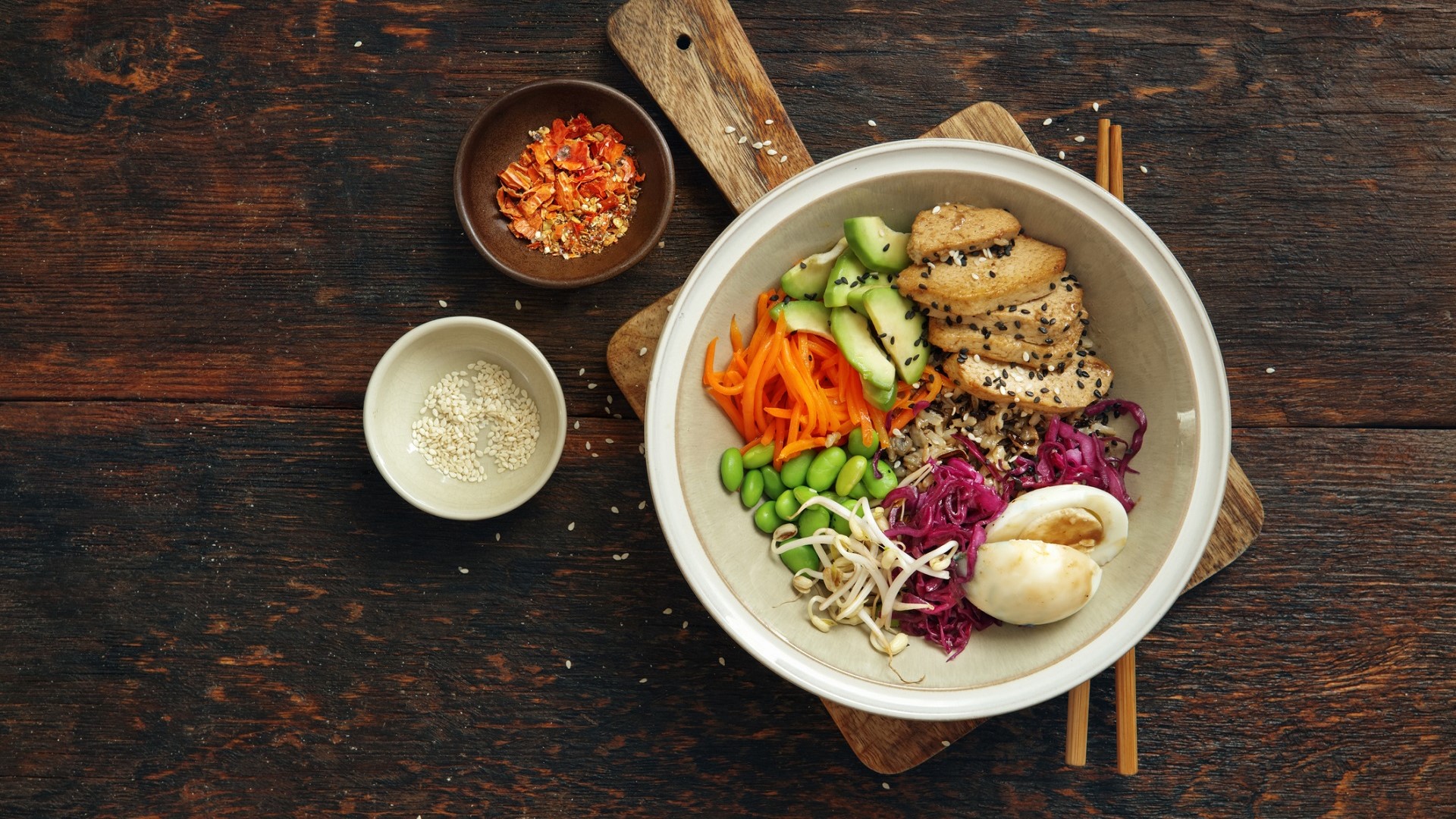Children's Health
Caffeine and Calories Fuel Energy Drinks
Teens today have very busy schedules. From sporting events and music lessons to baby-sitting jobs and prepping for upcoming ACT exams, the demand for their time continues to increase. On the go and looking for a quick energy boost, teens are turning to energy and protein drinks. Recent high school graduate Cody Wiseman is one teen who chooses energy drinks. A big fan of Monster and Red Bull, the drinks are his beverage of choice when on the go.
“I typically have at least one energy drink a day,” said Cody Wiseman, resident of Hesperia, Michigan. “Energy drinks are kind of an acquired taste. I didn’t really care for them at first but now I’m hooked. I really like the taste.”
Energy drinks may be contributing to the growing obesity epidemic and inadequate nutrition among children and teens, according to Sally Schultz, registered dietitian, Helen DeVos Children’s Hospital.
“Like most everything in life, moderation is key,” said Schultz. “The same philosophy applies to food and beverages. Unfortunately, teens are turning to calorie and caffeine packed beverages that offer little nutritional value and help pack on the pounds.”
Schultz urges parents and teens to be aware of the downsides to energy drinks.
Excessive Sugar and Calories
An energy drink isn’t flavored water. It’s packed with added sugar which translates to extra calories. If a teen is participating in high-intensity physical activities, energy drinks won’t increase their game. The extra sugar also contributes to tooth decay.
Added Caffeine
Caffeine may be legal but it is a stimulant drug. The United States has yet to develop guidelines for caffeine consumption but the rate at which children consume it is likely to surpass future recommendations. It can cause jitters, upset stomach, headaches and sleep problems – all of which decrease energy. Teens may also be on a prescription medication that has a negative interaction with caffeine.
Liquid is No Substitute
Liquid diets are no match for a real meal. A well-balanced nutritious meal will leave children satisfied a lot longer than 16 ounces of liquid. Although energy drinks have some vitamins and minerals added, they don’t power the body the way real food does.
Mysterious Ingredients
Energy drinks may contain ingredients that have not been tested for safety or effectiveness. Two of these ingredients are guarana, a source of caffeine, and taurine, is an amino acid thought to enhance caffeine’s effect. Some drinks contain herbal supplements that are not regulated by the Food and Drug Administration, such as ginseng. These ingredients may cause problems for those who are taking certain medications or have a health condition.
Costly
Energy drinks may be at every convenience store but they don’t come cheap. At about $3 a drink, teens and parents can get a better energy boost by eating a whole-grain bagel with cream cheese. Eight ounces of tap water can provide just as much hydration. Other on-the-go foods that provide plenty of nutritional value include trail mix, fresh or dried fruits, and whole-grain breads and cereals.
“Consistently turning to energy drinks as a nutrition or energy source isn’t recommended,” added Schultz. “As lifestyles get busier and teens have more commitments, it’s easy to turn to something quick. Teens should instead turn to bottled water or diet soda if they need a quick drink on the go. Grabbing a low-calorie granola bar, banana or yogurt is also a viable option to eliminate hunger.”
Helen DeVos Children’s Hospital, a member of Spectrum Health, is West Michigan’s largest children’s hospital, serving children and families throughout a 37-county region. The team includes more than 100 specialists uniquely skilled in providing medical care to children, in over 40 outpatient clinical settings. Helen DeVos Children’s Hospital is committed to caring for children and families with compassion, excellence and innovation.




